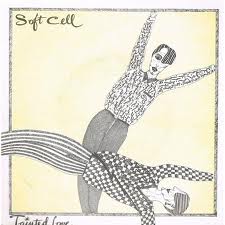
When is a One-Hit Wonder REALLY a One-Hit Wonder?
Ask anyone to define a “one-hit wonder” and chances are they’ll say “an act that had one just big song and then disappeared forever.” It’s when you demand a concrete example that things get difficult. It all depends on how you define a “hit.”
For example, a lot of OHW lists will include “Tainted Love” by Soft Cell. While it’s true that they had just one Billboard Hot 100 hit, the group was insanely popular with certain sections of the alternative crowd. For them, songs like “Sex Dwarf” and “Say Hello Wave Goodbye” were popular and in their opinion “hits.”
There are also many different music charts: dance, R&B, modern rock and so on. And Billboard isn’t the only keeper of charts on the planet.
In other words, we need different metrics if we’re going to truly define one-hit wonders. And if we start playing with Big Data, we can do it.
Modern Analytics did just that. Check out this article called “When Is a One-Hit Wonder a One-Hit Wonder?” The answer is surprisingly complex.




And when is a One-Hit Wonder actually a Two-Hit Wonder?
Answer: The Kings had one hit with two songs, “This Beat Goes On/Switchin’ To Glide”
Blair Packham, late of The Jitters, wrote the BEST song about one-hit wonders — in this case, as he explains, himself, and Bobby Boris PIckett. P{ickett’s one-hit-wonder song, The Monster Mash, was actually a hit three times. Check out Blair’s song: touching, and true. At least the one-hit wonder had ONE!
http://www.youtube.com/watch?v=uErCgoudv0o